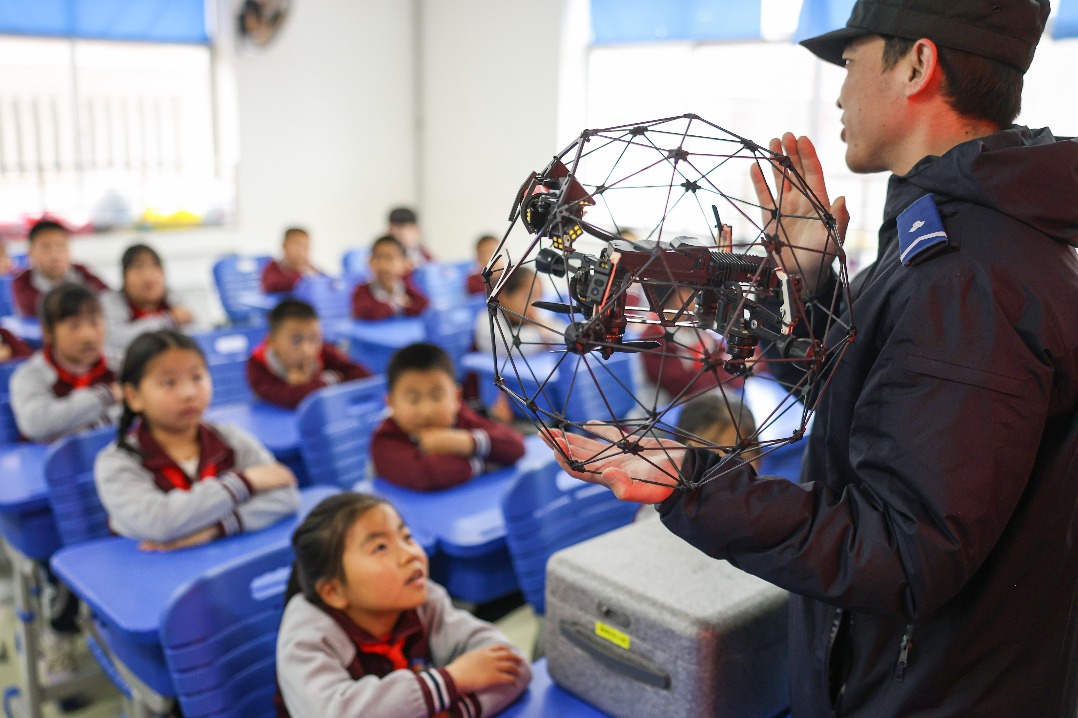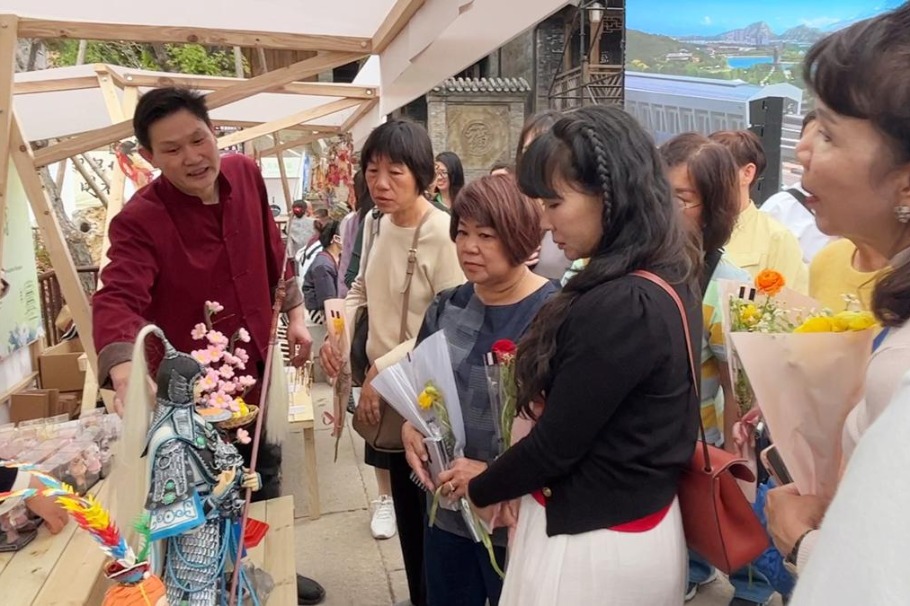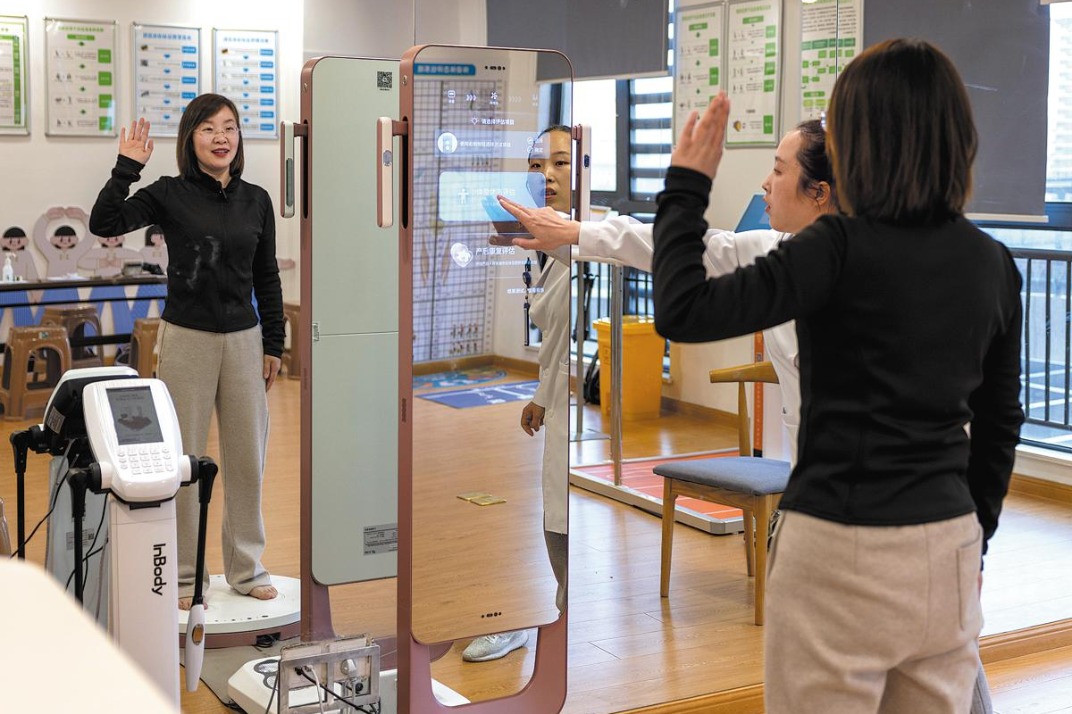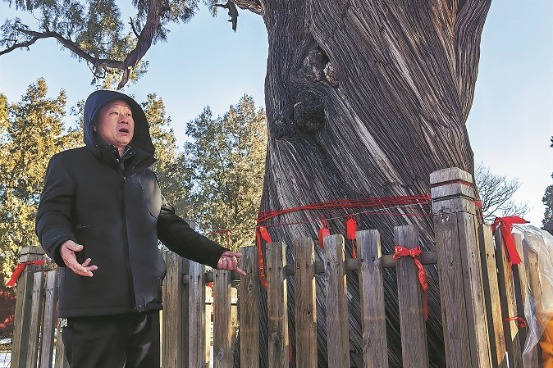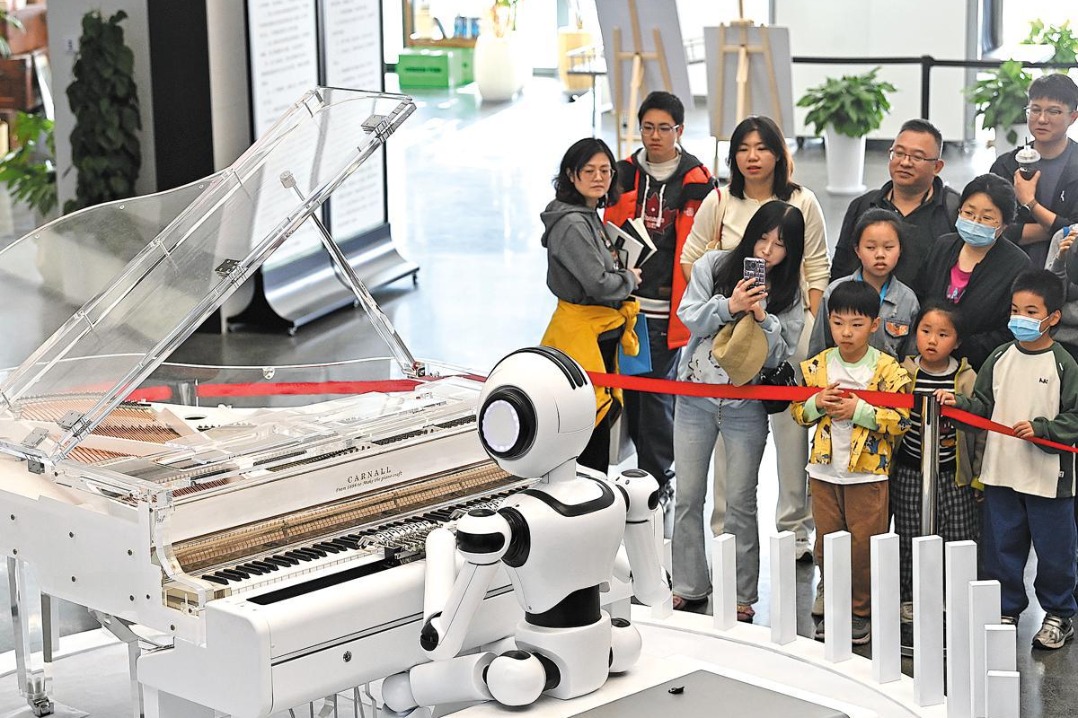Revived pearl industry, 'seaward economy' give new luster to Guangxi






Ning Dingfeng, 56, harvested her first sea pearls of the season this month.
Since she began working at a State-owned pearl enterprise at the age of 16, Ning has been committed to preserving the treasure of her hometown of Beihai in South China's Guangxi Zhuang autonomous region.
Beihai was the starting point of China's ancient marine Silk Road and played an important role in China's foreign trade more than 2,000 years ago. It produces seawater pearls, which local people harvested as early as the Qin and Han dynasties (221 BC-AD 220).
The trade of pearls and other goods, as well as the role of the marine Silk Road, turned the city into a place of wealth. In the 1990s, when the local pearl industry enjoyed the most growth, every family was farming pearls.
However, since 2004, when the city reclaimed land from the sea to build ports, the seawater pearl industry had waned. The sea became polluted and uninhabitable for pearl-producing oysters. Local people left the industry for other occupations.
Nonetheless, Ning was one of the few residents who remained confident in the industry.
In 2017, shortly after President Xi Jinping visited Tieshan Port in Beihai, the city government rolled out a blueprint for revitalizing the pearl industry, including subsidies for pearl farmers.
"The port area has developed rapidly in the past two years with a better awareness of ecological preservation," Ning said. "The port helps prevent freshwater from flowing into the sea and keeps the seawater clean."
During his fact-finding trip in Beihai, Xi encouraged Guangxi to develop a "seaward economy" to capitalize on its advantages.
A seaward economy, which relies on the connectivity of port areas and supporting facilities in port-based industrial parks, seeks to develop industries based on ocean resources, such as marine heavy industries and deep-sea fish farms.
Huang Jiang, vice-mayor of Beihai, said, "The city's plan to revitalize the pearl industry is part of the local effort to develop a 'seaward' economy."
President Xi also asked local authorities about the future construction of Tieshan Port and the development plan for the entire Beibu Gulf, as well as its opening up to and cooperation with the member countries of the Association of Southeast Asian Nations. The Beibu Gulf economic rim comprises the economic region around China's southwestern coastal region and cities around the Gulf of Tonkin.
China's central government initiated two major mechanisms - the China-ASEAN Expo in 2004 and the Pan-Beibu Gulf Economic Cooperation Forum in 2006 - to push for the opening-up of Guangxi, especially to ASEAN.
With the help of the two platforms, Guangxi has forged friendly ties with 53 ASEAN cities, greatly boosting its trade and economic cooperation with those regions and promoting people-to-people exchanges.
"The trade volume between Guangxi and ASEAN members surged nearly 60-fold last year compared with 1991," said Jiang Liansheng, the chief of the region's Bureau of Commerce. "ASEAN has been Guangxi's largest trading partner for 17 consecutive years."
The Beibu Gulf economic zone has grown into an important industrial base for western China, and its ocean-based economy in particular is developing rapidly.
The zone has built more than 260 berths and has been operating shipping routes for over 200 overseas ports, covering all major ports in Southeast and Northeast Asia. The volume of cargo handled at ports on the Beibu Gulf was nearly 152.4 million metric tons from January to October, up nearly 15 percent year-on-year, according to Xinhua News Agency.
Several of the autonomous region's cities, including Beihai, Qinzhou and Fangchenggang, are on the Beibu Gulf coast.
These cities are the engine driving the growth of the gulf economic rim as well as Guangxi. Beihai, for instance, is blessed with electronics and information technology industries, said Wu Huaqiang, deputy director of the Beihai Tieshan harbor industrial zone management committee.
Beihai Industrial Park was set up in 2001, focusing on electronic goods. The government of Beihai set up Tieshangang Industrial Park in 2007, focusing on heavy industry and petrochemicals.
Zhang Ming, vice-president of Xinyi Glass Holdings Ltd, said he decided to build a factory in Beihai because of its large reserve of quartz sand, a material for making glass. Also, the city's connectivity with the rest of the world - and Southeast Asia in particular - as well as the targeted market, the Pearl River Delta, is a plus.
The cities on the Beibu Gulf coast have become hot spots for investment, as the cities' ports are a key transit point in the rail-to-sea freight routes under the New International Land-Sea Trade Corridor, a trade and logistics passage jointly launched in 2017 by western Chinese provincial regions and Singapore.
The corridor has been gaining steam as its rail-to-sea routes offer a faster and cheaper freight transportation option between western China and other countries and regions.
The ports on Beibu Gulf now operate shipping routes for 250 ports in more than 100 countries and regions, and low logistics costs have become the biggest strength for the coastal industries on the gulf, Xinhua reported.
In August, Guangxi formally established a "sister-city" relationship with the Leeward Islands, French Polynesia, to promote economic and trade exchanges, as well as cultural communication, especially cooperation and development in the marine economy. The Leeward Islands are one of the five administrative regions of French Polynesia.
The Beihai Sea is the main pearl trading market in China, and French Polynesia is the origin of Tahitian pearls. The Leeward Islands are seen as having great potential for pearl farming and cooperation with Beihai to develop the pearl industry.
- Changsha lake hosts vibrant hanfu cultural celebration
- Thermal runaway caused Ningbo port explosion
- Dharma debating exam for 2025 Geshe Lharampa degree held in Lhasa
- Former Jiangxi official receives death sentence with reprieve
- Behold Shanghai's dazzling skyline from 320m high
- Chinese sleep habits stand out in global report













